Photosynthesis is a chemical reaction that takes place inside a plant, producing sugar type food for the plant to survive. Carbon dioxide, water and light are all needed for photosynthesis to take place. It happens in the leaves of a plant and the other green portions as well.
- Photosynthesis is a compound word made up of ‘photo’ meaning ‘light’ and ‘synthesis’ meaning ‘to put together’.
- The word photosynthesis is first used in 1898 by Charles Reid Barnes (1858-1910).
- Light is essential for photosynthesis to take place.
The process of photosynthesis is also known as oxidation-reduction process as through this process, water is oxidized (and oxygen emerges as a byproduct) and on the other hand, carbon-di-oxide is turned into starch by reduction reaction.
6CO2 + 12H2O + Light energy → C6H12O6 + 6O2 + 6H2O.
Related Article
- Photosynthesis: Introduction & Requirements.
- Mechanism of Photosynthesis: Light Dependent Phase.
- Mechanism of Photosynthesis: Light Independent Phase.
- Factors of Photosynthesis.
Photosynthetic Organs
Best safe and secure cloud storage with password protection
Get Envato Elements, Prime Video, Hotstar and Netflix For Free
Best Money Earning Website 100$ Day
#1 Top ranking article submission website
All plants that use photosynthesis to make sugars contain chlorophyll and some other photosynthetic pigments. Therefore if a plant does not contain chlorophyll and other pigments, it won’t be able to photosynthesize.
In higher plants, chloroplasts are highly seen in pallisade and spongy parenchyma cells of mesophyll tissue where the most photosynthesis occurs.
On the other hand, bacteria & cyanobacteria do not have chloroplast. They have chromatophore. This chromatophore is their only photosynthetic pigment. The whole-body part of these photosynthetic bacteria, cyanobacteria and unicellular algae takes part in photosynthesis as they contain photosynthetic pigment in whole body.
Requirements for Photosynthesis
(Pigments, Light, Water, CO2)
Pigments
There are major 3 types of photosynthetic pigments, namely;
- Chlorophyll
- Carotenoids
- Phycobilins
Chlorophyll
- Chlorophyll-a (C55H72O5N4Mg)
- Chlorophyll-b (C55H70O6N4Mg)

Carotenoids
- Carotenes (C40H56O)
- Xanthophylls (C40H5602)

Phycobilins
- Phycoerythrobilin (C34H46O8N4)
- Phycocyanobilin (C34H44O8N4)
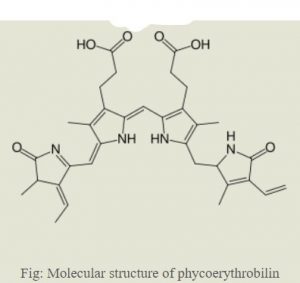
Light
Wavelength of light absorbed by pigments of plant
Sunlight is the only source of photosynthesis . Only 40% of sunlight fall on earth. It has known that the only 83% of this light is absorbed by leaves and only 0.5 to 3.5% are absorbed by chlorophyll .Plant pigment molecules absorb only light in the wavelength range of 760 nm to 390 nm; this range is referred to as photosynthetically-active radiation. Violet and blue has the shortest wavelengths and the most energy, whereas red has the longest wavelengths and carries the least amount of energy.
Using different wavelengths it has seen that in red (the wavelength between 610-760 nm) and blue (wavelength between 400 -510 nm) light most of the photosynthesis happens.
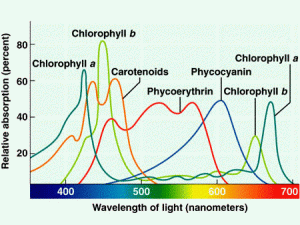
Water
Supply of Water for Photosynthesis
Water is very much essential for photosynthesis. Aquatic plants can take water by their whole body. But higher plants absorb water from soil and supplies to the mesophyll tissue of leaves. Less than 0.01% of this absorbed water is used by green fresh leaf .

Carbon di oxide
Entrance of CO2 in Mesophyll Tissue
Another important thing is carbon-di-oxide for photosynthesis. In air almost 0.004% CO2 is present. The carbon-di-oxide enters the leaves of the plant through the stomata present on their surface. The carbon dioxide enters the leaves of the plant through the stomata present on their surface. Sometimes, CO2 is absorbed by lenticels and cuticles. When the plant is photosynthesising during the day, these features allow carbon dioxide to diffuse into the spongy mesophyll cells, and oxygen to diffuse out of it. To get to the spongy mesophyll cells inside the leaf, gases diffuse through small pores called stomata.

Photosynthetic Unit
In higher plants there are different kinds of chlorophyll, carotene and different layers of protein on the surface of thylakoid. These pigments together make a special decoration. These color pigments and proteins are called photosynthetic unit. Some of these units make a set 200-300 of this set make a chlorophyll -a. The unit of photosynthetic unit is known as “Quantosome”. Every thylakoyid is having much quantosome. These are also known as photosystem I and photosystem II.
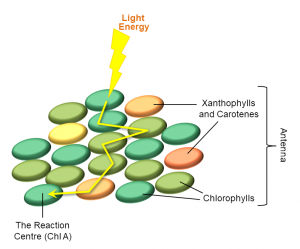

Two Pigment System Theory of Photosynthesis of Photosystem
The two pigment system theory of photosynthesis was proposed by Emerson. He observed Emerson Effect in 1957. Beyond wavelengths of 680 nm i.e., far-red region, there is a decrease in photosynthetic yield compared to the red region of electromagnetic spectrum. This decrease is known as the Red drop. Red drop occurs because of the decrease in quantum yield. Quantum yield is the number of oxygen molecules released per light quanta absorbed. Red drop effect was proposed by Emerson and Lewis. They performed their experiment on chlorella plant.
Emerson Effect was observed by Robert Emerson in 1957. Emerson effect shows that photosynthesis proceeding very slowly when the light of 700 nm wavelength is used can be increased by illuminating with light of shorter wavelength i.e., 650 nm. So, Emerson effect is related to increase in photosynthesis when lights of two different wavelengths are provided together. Emerson effect is also known as Enhancement effect.
From red drop and enhancement experiments in the light reaction of photosynthesis, it was concluded that two photosystems are present which work at different wavelengths. It is evident of the presence of two photosystems i.e. Photosystems I and II.
Photosystem 1
The two main multi-subunit membrane protein complexes differ in their absorbing wavelength, where the photosystem I or PS 1 absorbs the longer wavelength of light which is 700 nm . It is located on the outer surface of the thylakoid membrane. P700 is the photo center.The pigments in the photosystem 1 absorb longer wavelengths of light which is 700 nm (P700).This system is involved in both cyclic as well as non-cyclic photophosphorylation. No photolysis occur.Photosystem I or PS 1 contains chlorophyll A-670, chlorophyll A-680, chlorophyll A-695, chlorophyll A-700, chlorophyll B, and carotenoids. The primary function of the photosystem I is in NADPH synthesis, where it receives the electrons from PS II.The PSI is made up of two subunits which are psaA and psaB.

Photosystem II
Photosystem II or PS II is the protein complex that absorbs light energy, involving P680, chlorophyll and accessory pigments and transfer electrons from water to plastoquinone and thus works in dissociation of water molecules and produces protons (H+) and O2.It is located on the inner surface of the thylakoid membrane.P680 is the photo center.The pigments in the photosystem2 absorb shorter wavelengths of light which is 680 nm (P680).This system is involved in both cyclic photophosphorylation.Photolysis occurs in this system.Photosystem II or PS 2 contains chlorophyll A-660, chlorophyll A-670, chlorophyll A-680, chlorophyll A-695, chlorophyll A-700, chlorophyll B, xanthophylls and phycobilins.The primary function of the photosystem II is in the hydrolysis of water and ATP synthesis.The PS II is made up of two subunits made up of D1 and D2.

Electron Transport System in Thylakoid
By electron-microscope some ovul granules are seen ,which are almost 10X20 nm. In every Quantosome there is either a p700 or an P680 which is ready to take sun ray for reaction.
there are also some very essential chemical tools for carring electron of higher energy. They converts NADP & ADP to NADPH2 & ATP. These Electron carriers are known as thaylakoid electron transport system (TETS).
- Pheophytin (Ph)
- Plastoquinone (PQ)
- Cytochrome (Cyt.)
- Plastocyanin (PC)
- Ferredoxin (Fd)
- NADP reductase
Best safe and secure cloud storage with password protection
Get Envato Elements, Prime Video, Hotstar and Netflix For Free
 Plantlet The Blogging Platform of Department of Botany, University of Dhaka
Plantlet The Blogging Platform of Department of Botany, University of Dhaka
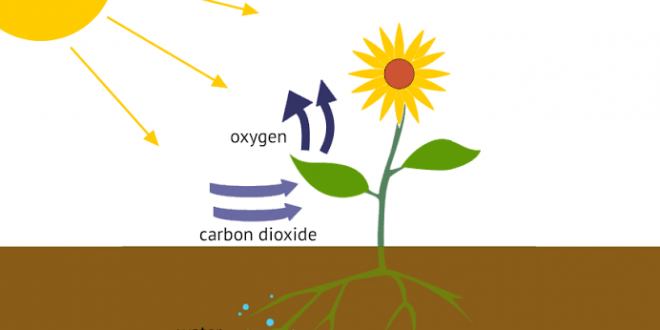

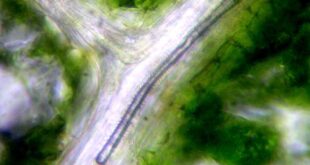
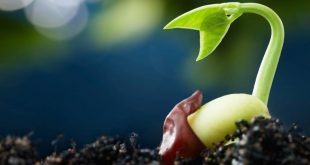
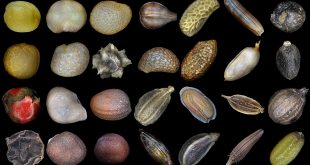

Thank you for your sharing. I am worried that I lack creative ideas. It is your article that makes me full of hope. Thank you. But, I have a question, can you help me? https://accounts.binance.com/pt-BR/register-person?ref=GJY4VW8W